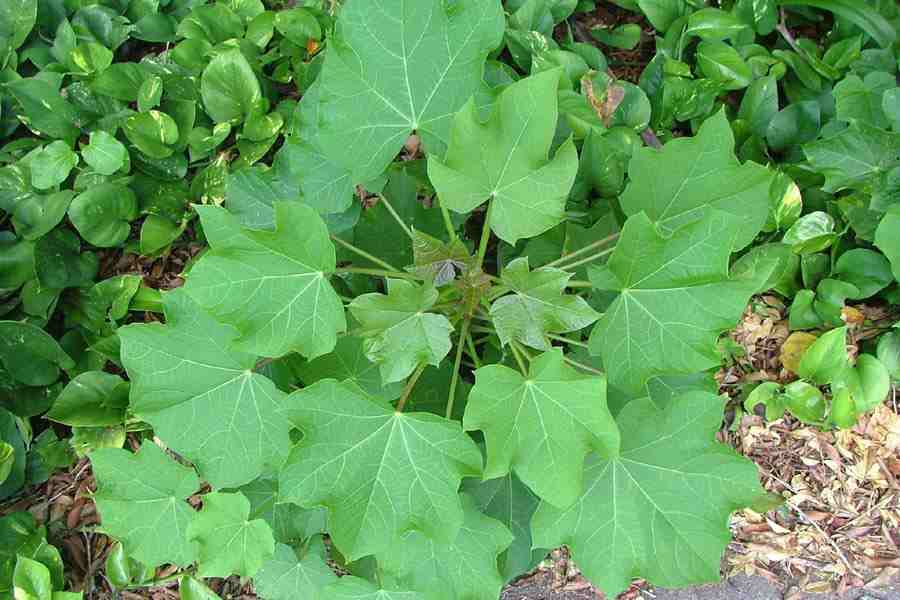Overview
-
Sectors Government / Speciality
-
Posted Jobs 0
-
Viewed 68
Company Description
Desert ‘carbon Farming’ To Curb CO2
Desert ‘carbon farming’ to suppress CO2

1 August 2013
Share
close panel
Share page
Copy link
About sharing
By Matt McGrath
Environment correspondent, BBC News
Scientists say that planting great deals of jatropha trees in desert locations might be a reliable method of curbing emissions of CO2.
Dubbed “carbon farming”, scientists say the idea is financially competitive with modern carbon capture and storage projects.
But critics state the idea could be have unpredicted, negative effects consisting of increasing food costs.
The research study has actually been published, external in the journal Earth System Dynamics.
Seeds of change
Jatropha curcas is a plant that came from Central America and is extremely well adjusted to harsh conditions including incredibly arid deserts.
It is already grown as a biofuel, external in some parts of the world due to the fact that its seeds can produce oil.
In this research study, German scientists revealed that a person hectare of jatropha could catch approximately 25 tonnes of carbon dioxide from the atmosphere every year. The researchers based their price quotes on trees currently growing in trial plots in Egypt and in the Negev desert.
“The outcomes are frustrating,” stated Prof Klaus Becker, from the University of Hohenheim in Stuttgart.
“There was great development, a good reaction from these plants. I feel there will be no problem attempting it on a much bigger scale, for instance ten thousand hectares in the start,” he stated.
According to the researchers a plantation that would cover 3 percent of the Arabian desert would take in all the CO2 produced by cars and trucks in Germany over a 20 year period.
The researchers state that an important element of the strategy would be the accessibility of desalination facilities. This implies that initially, any plantations would be confined to coastal locations.
They are intending to develop bigger trials in desert locations of Oman or Qatar. Prof Becker states that unlike other schemes that just balance out the carbon that people produce, the planting of jatropha might be a great, short term option to environment change.
“I think it is a great concept because we are really drawing out co2 from the environment – and it is entirely different between extracting and avoiding.”
According to the scientist’s estimations the costs of curbing co2 via the planting of trees would be in between 42 and 63 euros per tonne. This makes it competitive with other techniques, such as the more high tech carbon capture and storage, external (CCS).
A variety of nations are presently trialling this technology, external but it has yet to be deployed commercially.
Growing jatropha not just absorbs CO2 however has other benefits. The plants would assist to make desert areas more habitable, and the plant’s seeds can be collected for biofuel say the researchers, offering an economic return.
“Jatropha is perfect to be become biokerosene – it is even much better than biodiesel,” stated Prof Becker.
But other specialists in this area are not convinced. They indicate the reality that in 2007 and 2008 big numbers of jatropha trees were planted for biofuel, specifically in Africa. But a lot of these endeavors ended in tears,, external as the plants were not really effective in coping with dry conditions.
Lucy Hurn is the biofuels project supervisor for the charity, Actionaid. She says that while jatropha was when viewed as the excellent, green hope the truth was really different.
“When jatropha was introduced it was seen as a wonder crop, it would grow on scrubland or marginal land,” she stated.
“But there are often people who require marginal land to graze their animals, they are getting food from that location – we would not class the land as marginal.”
She mentioned that jatropha is extremely toxic and can the land it is grown on, even in a desert. And she also had concerns about the fairness of the idea.
“It is still somebody else’s land. Why enter and grow these huge plantations to handle a problem these individuals didn’t really cause?”
Follow Matt on Twitter, external.
‘Carpets of seaweed’ grown for fuel. Video, 00:03:05’Carpets of seaweed’ grown for fuel
1 July 2013
Biofuels are ‘illogical method’
Published
15 April 2013
Related internet links
Universität Hohenheim
European Geosciences Union
The BBC is not accountable for the content of external sites.



